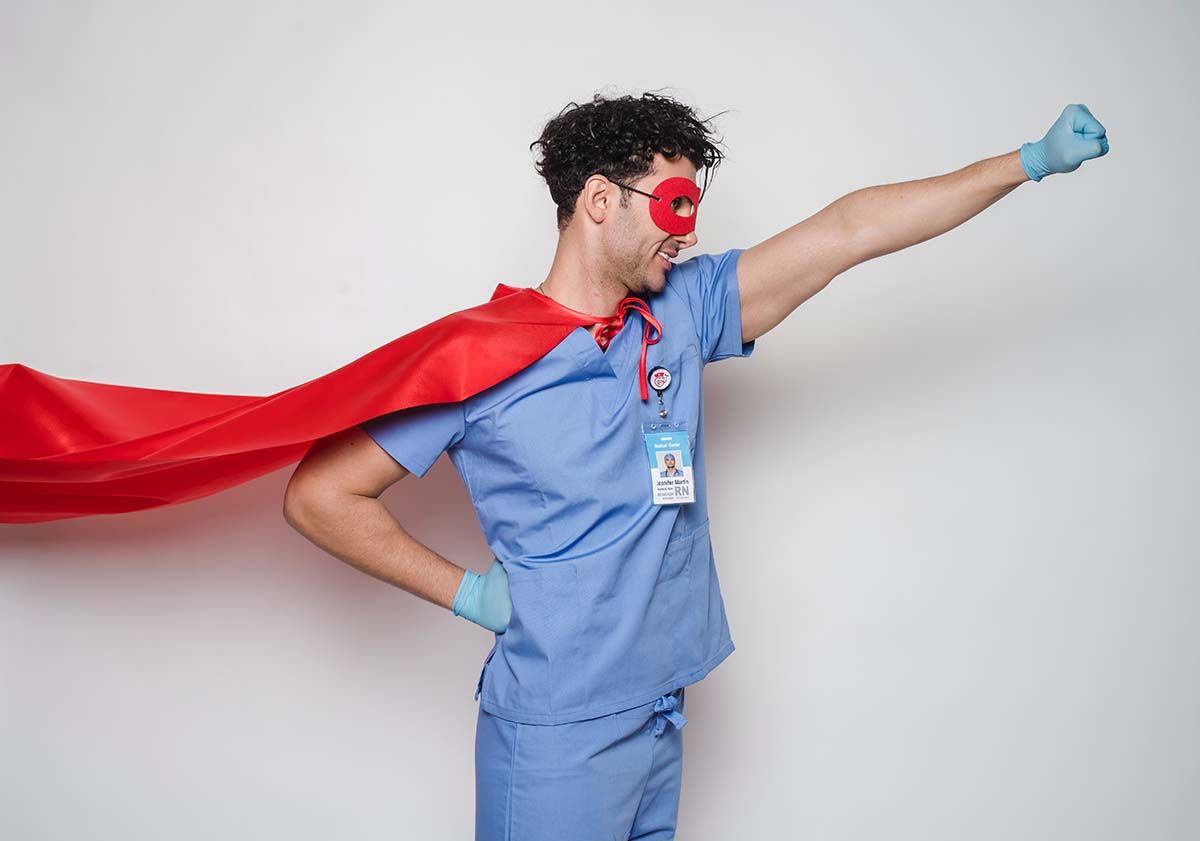
ADB safety compared to other methods
A key advantage for PathogenFocus Air Disinfection Biosecurity (patent pending) units is safety. There are no dangerous chemicals, no hazardous irradiation. ADB is perfectly safe for occupied spaces - which is exactly when you need the protection the most.
ADB systems work by converting air and humidity into non-thermal (or "cold") plasma via Modulated Dielectric Barrier Discharge inside the units chamber. Highly reactive molecules are then dispersed into the space, providing the treatment. The process is safe for humans in occupied spaces. Read more about how ADB work on The Science page.
From a safety perspective, how does ADB compare to some other popular methods of pathogen elimination?
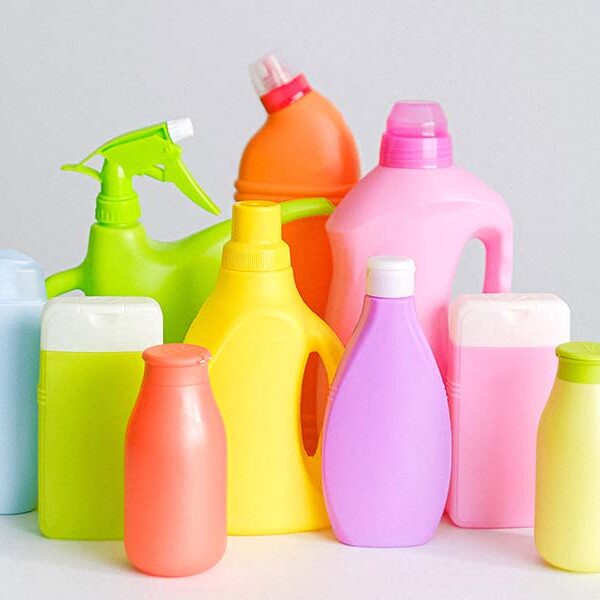
CHEMICALS
- Abrasive, caustic. Dangerous to skin and eyes
- Imperfect - humans miss spots, air and surfaces can remain unclean
- Does not address potential spread between cleanings - must continuously, manually clean
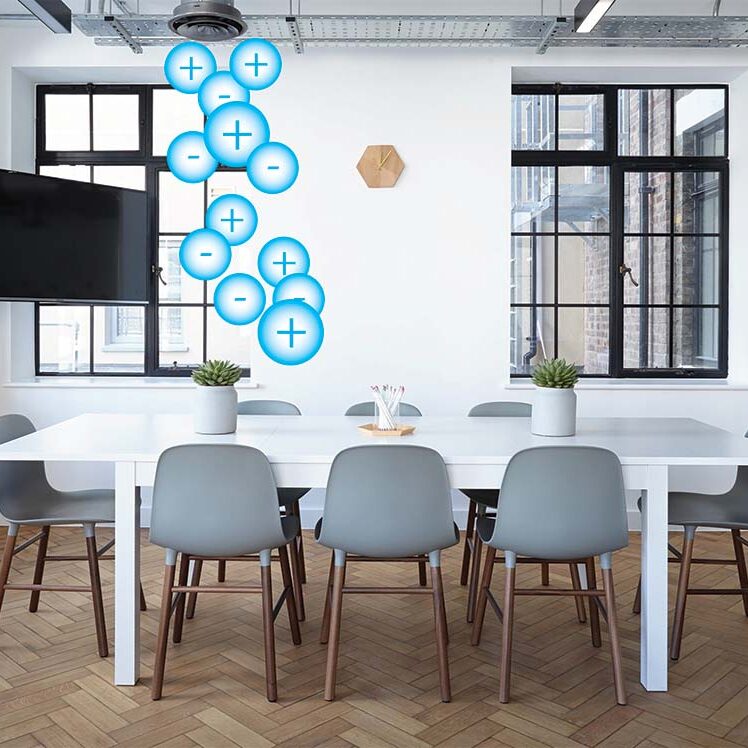
BIPOLAR IONIZATION
- Questionable efficacy
- Recent lawsuits are raising concerns that there is a possibility of hazardous by-products
- Environmental Protection Agency has cautioned against its use (source)
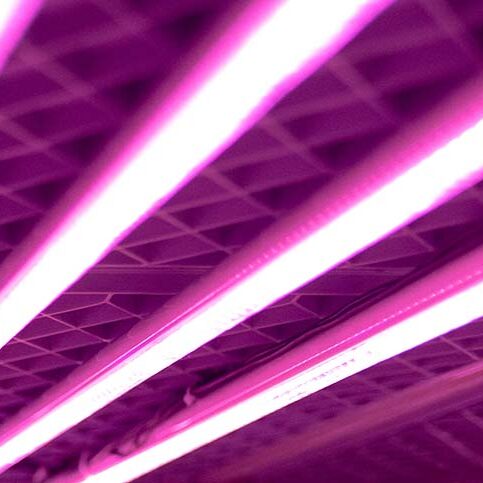
UVC (ULTRAVIOLET)
- 254nm UVC light can damage skin and eyes
- Limited to line of sight. Obstructed areas receive less dosage
- Indirect/upper air UVC is safe, but less effective against pathogens than direct UVC
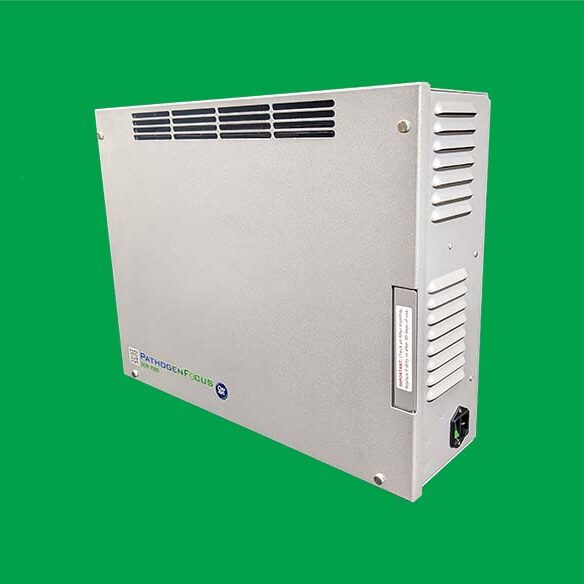
ADB
- Continuous safe disinfection
- No hazardous chemicals
- Can reach the hard-to-reach areas - not limited to line-of-sight
- Disinfects both surfaces and air
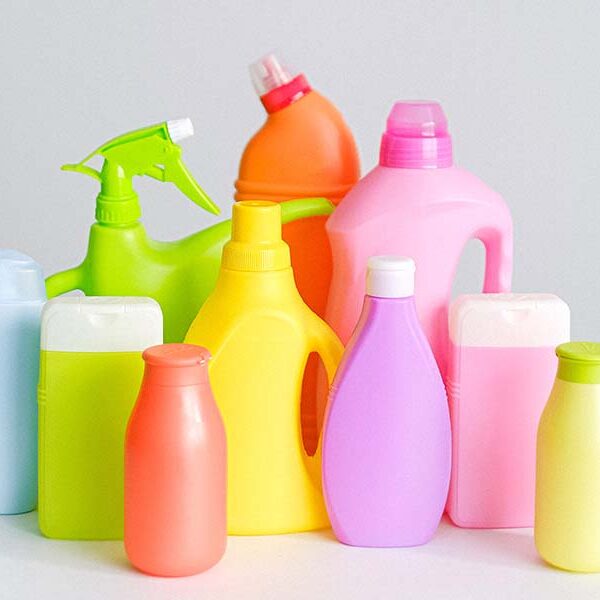
CHEMICALS
- Abrasive, caustic. Dangerous to skin and eyes
- Imperfect - humans miss spots, air and surfaces can remain unclean
- Does not address potential spread between cleanings - must continuously, manually clean
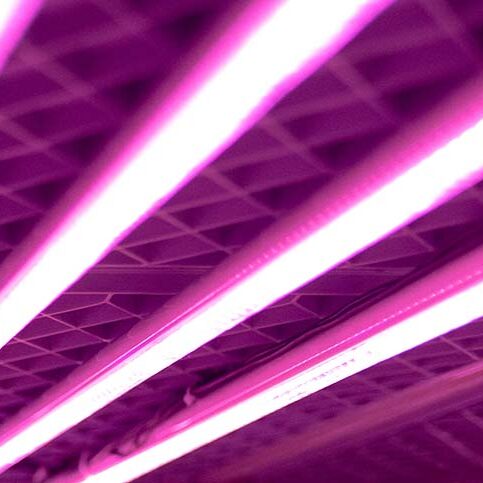
UVC (ULTRAVIOLET)
- 254nm UVC light can damage skin and eyes
- Limited to line of sight. Obstructed areas receive less dosage
- Indirect/upper air UVC is safe, but less effective against pathogens than direct UVC
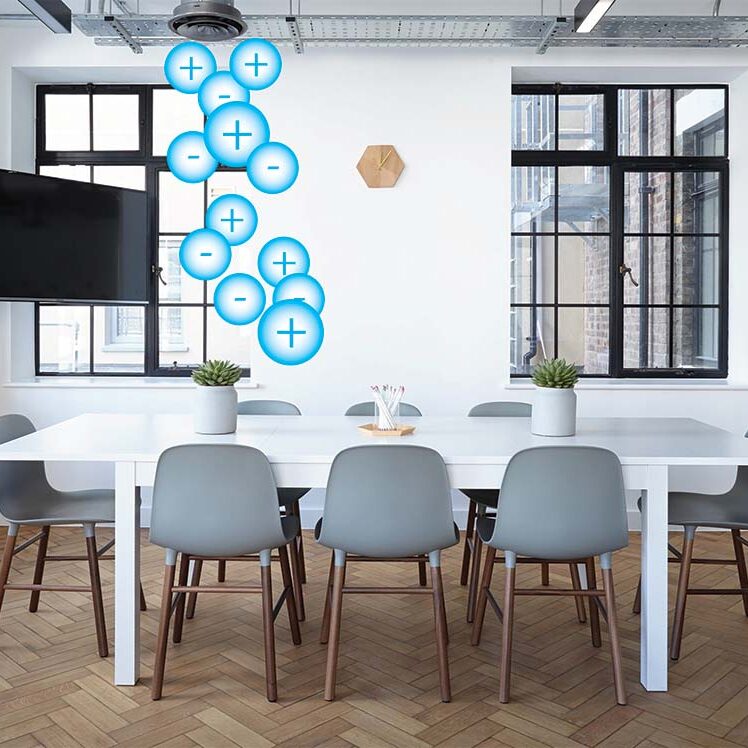
BIPOLAR IONIZATION
- Questionable efficacy
- Recent lawsuits are raising concerns that there is a possibility of hazardous by-products
- Environmental Protection Agency has cautioned against its use (source)
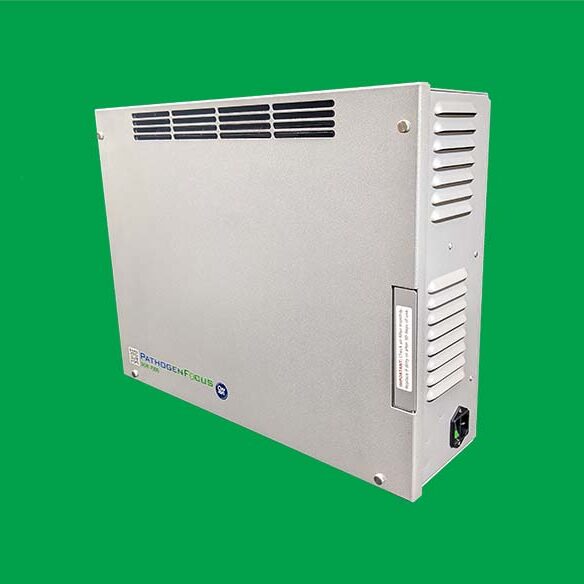
ADB
- Continuous safe disinfection
- No hazardous chemicals
- Can reach the hard-to-reach areas - not limited to line-of-sight
- Disinfects both surfaces and air
Certified safe
PathogenFocus ADB units produce trace amounts of ozone well under the limits set by UL867, the US Environmental Protection Agency (EPA), California Air Resources Board (CARB), the Food and Drug Administration (FDA) and the Occupational Safety and Health Administration (OSHA), among others. Our ADB units also meet UL#2998 - less than five parts-per-billion of ozone.
ADB has supporting evaluation studies from the US Department of Agriculture, the Kansas State Food Science Institute, and many other independent laboratories. Certifications also include Eurofins (no harmful by-products generated), Blue Heaven Technologies, CE (European Communion electrical safety), SGS, the U.S. Environmental Protection Agency (EPA) registered establishments #90193-CA-1 and #90193-CHL-1, and USDA National Organic Standards' - Registration #2857 - sub-type "Sanitizers."
